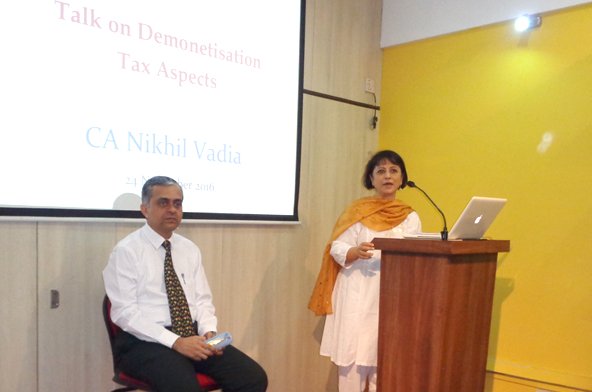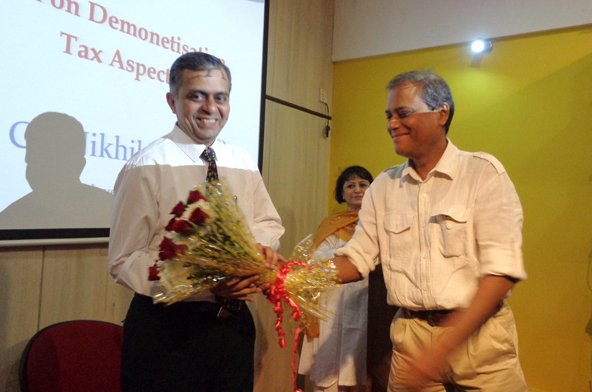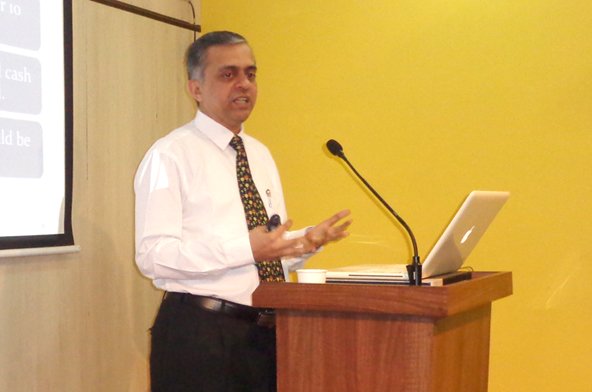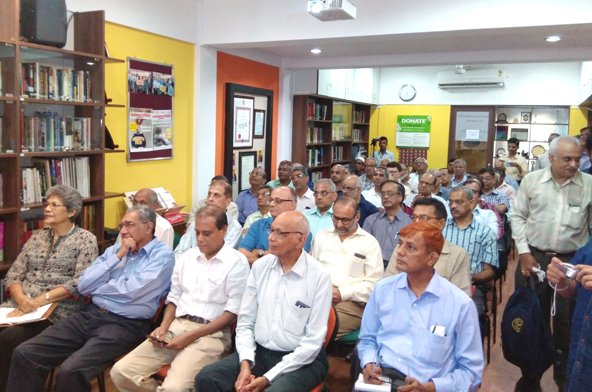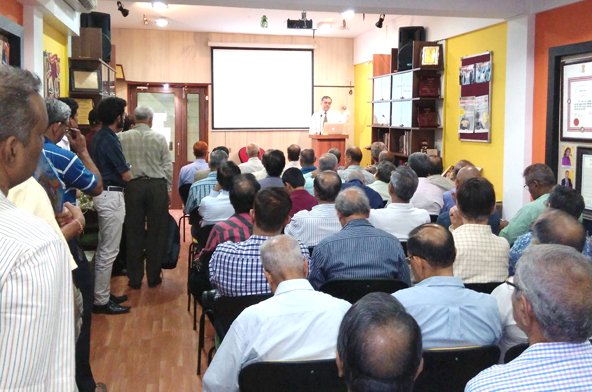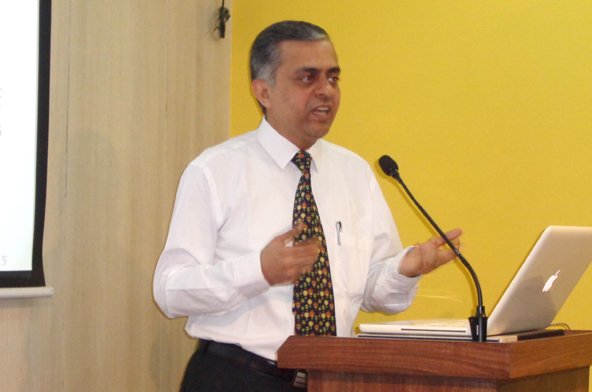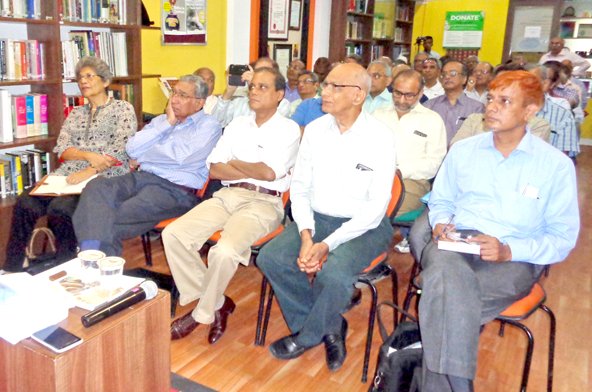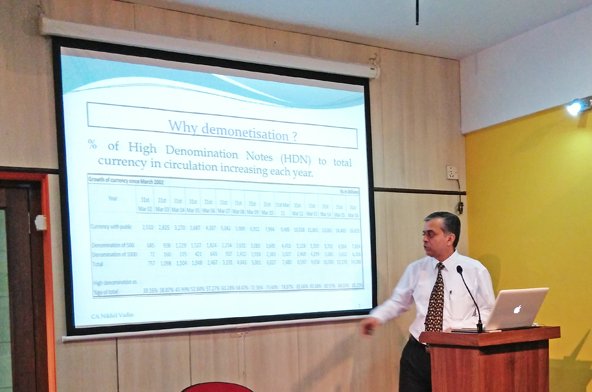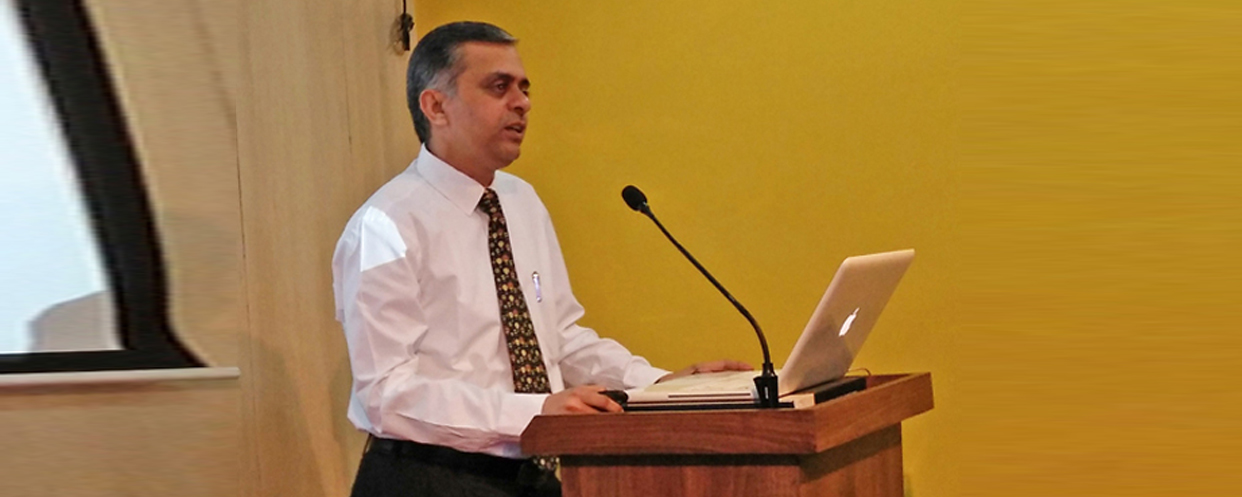
As per the amendments, the Central Board of Direct Taxes (CBDT) has authorised Income Tax Officers (ITOs) powers to be an I-T authority as against Assessing Officer (AO), which may be misused by ITOs to send notices or scrutiny notices to several genuine taxpayers, says Nikhil Vadia, a Chartered Accountant. He was speaking at a seminar-cum-guidance session on the recent demonetisation of high currency notes and its implications organised by Moneylife Foundation in Mumbai.
As per Rule 12E introduced on 16 November 2016, “The prescribed authority under sub-section (2) of section 143 shall be an income-tax authority not below the rank of an Income-tax Officer who has been authorised by the Central Board of Direct Taxes to act as income-tax authority for the purposes of sub-section (2) of section 143.”
While section 143 (2) permits the AO or I-T authority to send such notices, there was a six months limitation from the date of expiry of that financial year, to issue such notices to assessees. With the ITO becoming authority, there may be surge in notices being sent to taxpayers, he said.
Another issue, Mr Vadia highlighted was about reporting period for banks to disclose cash deposits in accounts. “By 31 January 2017, banks are required to report all cash deposited above Rs2.50 lakh in savings account and Rs12.50 lakh in current account from 10 November 2016 to 30 December 2016. Therefore, those who deposited or depositing cash in banks, can expect notices by February 2017” he said.
While explaining the reasons for the government undertaking demonetisation over night, he touched upon how terror funding, influx of counterfeit notes from neighbouring countries and non-taxed money held by residents are the main reasons. “Still demonetisation is a one time exercise and unless followed by other measures, black money will come back in six to 12 months”, Mr Vadia, who as an expert answers queries on Moneylife Foundation’s Tax Helpline, said.
He briefed upon the history of demonetisation undertaken in India in 1946 and 1978. “In comparison to a mere 30% share of Rs500 and Rs1,000 denomination notes in the economy in March 2002, in March 2016 a sky-rocketing 85% of high denomination notes existed in the economy,” he added.
Mr Vadia then answered the most pertinent question on everyone’s mind, which is “How much cash I can deposit?”
“The Government has said up to Rs2.5 lakh deposited between 10 November and 30 December 2016 will not be questioned. Income tax return is to be filed for entire year of 2016-17 and cash deposits and withdrawals for entire year have to be explained. Large cash deposits with no history of previous income would be difficult to explain”, he said. He then briefed the audience about the various provisions of Income Tax Act, applicable on taxpayers.
A very pertinent clarification Mr Vadia made was that penalty is 50% of tax for under reporting 200% for misreporting of income. Tax is to be calculated as difference between income as per income tax return (ITR) filed and as assessed by Income tax officer after assessment.
Mr Vadia touched upon various penalties and provisions for prosecution applicable in case of wilful default by assesses in different scenarios. He also explained the impact of demonetisation on value added tax (VAT), service tax and Benami property transactions and cited the effective taxes payable in select cases. “The Act with respect to Benami transactions was amended on 1 November 2016 and ensures that those trying to evade the law will be taken to task”, he said.
Mr Vadia also explained a few cases that had arisen when demonetization had taken place before. He clarified that demonetization is not an illegal act and any high denomination notes found after 31 December 2016 with any person will not be included in his or her income. He concluded the session with advising the audience to not panic and act in haste. He emphasized the need to think before depositing any money and to consult an honest tax consultant before taking any action. It is critical that people not rely on WhatsApp messages and media frenzy and believe and disseminate information from official sources.


